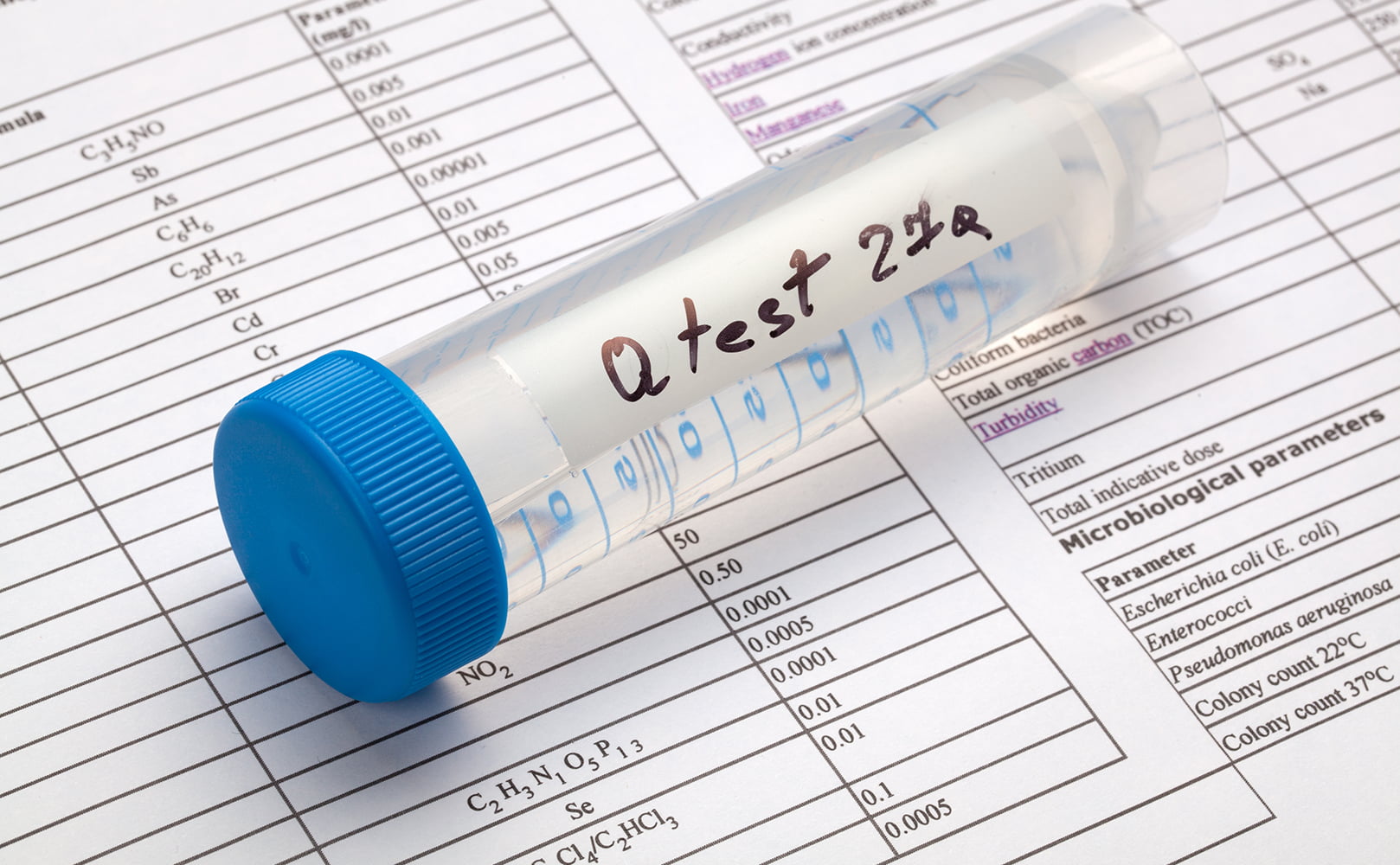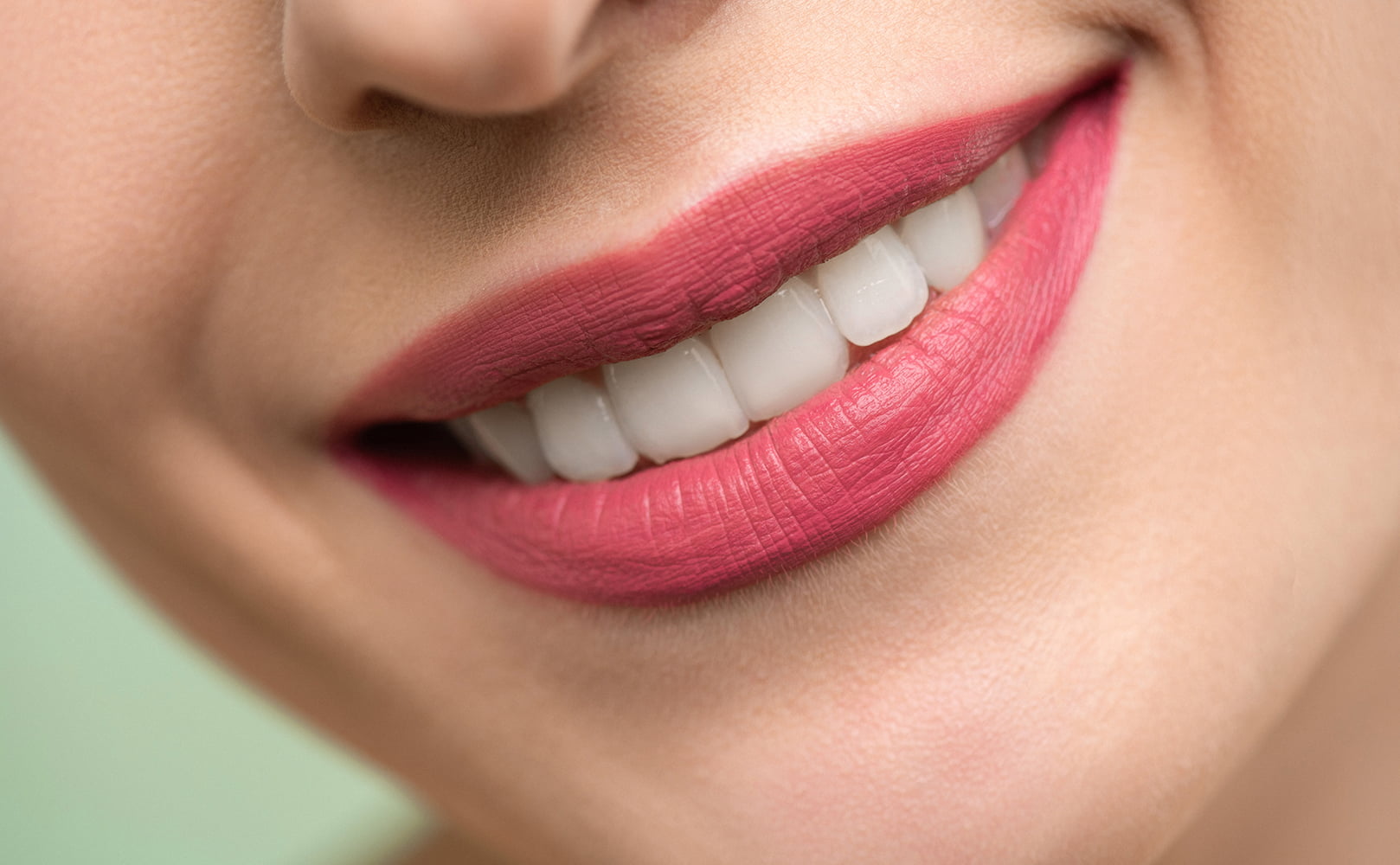How to Know If Water Has Fluoride? Find Out Here!
Written by: Gene Fitzgerald // Last Updated: Oct 12, 2022
This page may contain affiliate links. If you buy a product or service through such a link we earn a commission at no extra cost to you. Learn more.
Water fluoridation has been controversial for quite a while now, which might be why some people wonder how to know if their water has fluoride.
After all, you cannot see, taste, or smell fluoride in water – so how to know if it’s there or not?
Below, we will discuss different ways to tell if your water contains fluoride.
Key Takeaways
- You cannot see, taste, or smell fluoride in water.
- Ask your public water utility about the content of fluoride in your water.
- Alternatively, have your water tested for fluoride in a certified lab.
- You can also check the fluoride level in your water at home with test strips or reactive test kits you can buy online for cheap.
How to Tell If There’s Fluoride in Your Water?
The easiest way to tell if there’s fluoride in your water is by asking your local water utility.
You can easily find the contact details of your water provider by checking your water bills. Give them a call and they’ll be able to tell you if your water supply is fluoridated and how much fluoride is added.
Or, you can decide to take matters into your own hands…
How to Test Water for Fluoride?
There are different ways to test water for fluoride.
Cheap methods include DIY fluoride test strips and reactive testing kits. The former isn’t as accurate as the latter. However, it’s the most affordable method so far.
A lab test is the most accurate way of checking your water for fluoride, which is also the priciest. Let’s discuss each method in detail.
Method 1: Lab Test
If you’re willing to pay for a professional lab test, choose a reputable EPA-certified lab to ensure accurate results.
If you can’t find one, browse the EPA’s official website, select one nearby and make a call. Ask about prices and instructions for the testing process. Once you collect the water sample, as instructed by the lab, drop it off at or ship it to their facility, and wait for the results.
These lab tests can cost a lot because they follow defined standards. Furthermore, you can pay extra for the testing of other impurities and contaminants that may be present in your water supply.
Method 2: Reactive Testing Kits
You can buy a reactive fluoride testing kit for as little as $100 or even less.
Also, you don’t need to be a scientist to use a reactive testing kit at home. So, follow the instructions included, and you’re all set.
The only downside of using one of these testing kits is that they can deliver inaccurate results if you don’t follow the instructions properly.
Tip: The photometer (if included) might need calibration.
Method 3: DIY Fluoride Test Strips
You can find fluoride test strips at Amazon or eBay for cheap. They’re easy to use and provide instant results, but they’re also the least accurate, especially if misused.
Just like reactive testing kits, fluoride test strips come with instructions; however, they won’t detect other contaminants and sometimes not even specify the exact fluoride concentration.
Is My Water Fluoridated?
Some states don’t require the addition of fluoride in their public water systems, whereas others do. So, whether your water is fluoridated or not depends first and foremost on your location.
Again, contact your local water utility to shed light into the dark.
How Do I Know If There’s Natural Fluoride in My Water?
Fluoride is a naturally-occurring mineral. As such, it can be found in some water supplies due to natural causes.
If this is the case, you can only tell if there’s natural fluoride in your water by testing it in a lab or conducting a DIY fluoride water test.
What Is Fluoride?
You can find fluoride in rocks, soil, water, and air all around the world.
Besides, fluoride is being added to many public water supplies, toothpaste, vitamin supplements, and other products. Why? It’s great at preventing tooth decay. Fluoride works by strengthening the enamel (the hard outer covering of your teeth). And by protecting the enamel, fluoride helps reduce cavities.
Moreover, fluoride helps your teeth repair themselves.
Is Fluoride Safe?
Everything can be considered dangerous in high amounts, including fluoride. That’s why there’s a recommended level of fluoride per liter of water.
Until 1962, the recommended level of fluoride per liter of water was between 0.7 and 1.2 milligrams. Since 2015, it’s about 0.7 milligrams, as the US Department of Health and Human Services suggested.
There was a decrease in fluoride because health experts argued most US citizens have more fluoride sources in modern times.
In a nutshell, fluoride doesn’t cause harm; however, consuming too much of it can cause different health problems, such as dental fluorosis, especially in your children whose teeth aren’t fully developed yet.
Additionally, some kids can suffer fluoride poisoning after ingesting too much fluoride in a short period (consuming toothpaste, fluoride supplements, etc.).
If you suspect fluoride poisoning in your child, consult your doctor for advice or call the poison control center at 1-800-222-1222.
Is Water Fluoridation Safe and Effective in Preventing Tooth Decay?
The CDC considers water fluoridation one of the greatest public health achievements of all time because of the decline in cavities.
Extensive research says that fluoride protects the enamel by preventing the loss of key minerals.
According to the CDC, when you consume sugary foods, bacteria in your mouth produce acid, which dissolves the minerals from the surface of your teeth, making your teeth weaker and more susceptible to cavities. That’s where fluoride steps in.
All water on Earth already contains fluoride; it’s just present in smaller amounts which aren’t enough to protect your teeth. You can increase your natural fluoride intake by consuming foods and beverages rich in fluoride, such as grapes, spinach, coffee, tea, etc.
Does Fluoride Lower IQ?
Many have associated fluoride with a lower IQ; however, there’s not much evidence that fluoride negatively affects cognitive capacity in kids and adults.
A chemistry professor emeritus in New York, Paul Connett, might disagree with this; he strongly believes fluoride lowers IQ, especially in kids.
He bases his beliefs on a 2017 study that revealed that higher fluoride exposure caused lower cognitive capacity in kids in Mexico. However, many health experts have labeled his findings unacceptable. These studies were conducted in places with higher natural fluoride levels and polluted water, meaning other factors might have interfered with the outcome of said study.
If you have any questions about how to know if water has fluoride please don’t hesitate to leave a comment below!
Information provided on BOS is for educational purposes only. The products and services we review may not be right for your individual circumstances.
We adhere to strict editorial guidelines. Rest assured, the opinions expressed have not been provided, reviewed, or otherwise endorsed by our partners – they are unbiased, independent, and the author’s alone. Our licensed experts fact-check all content for accuracy. It is accurate as of the date posted and to the best of our knowledge.



